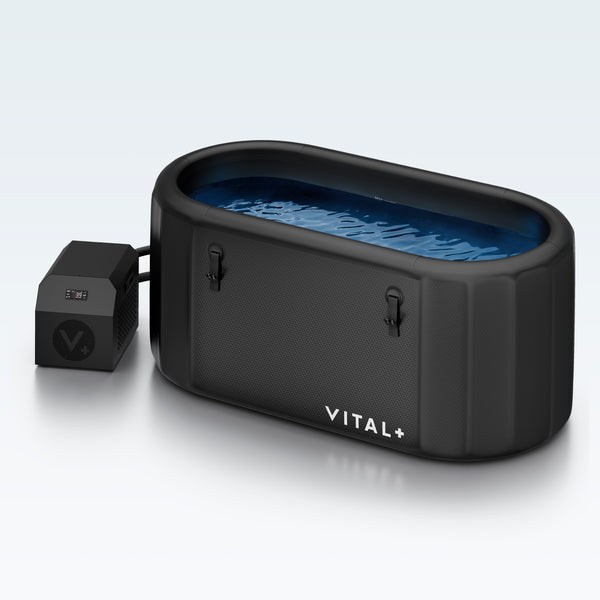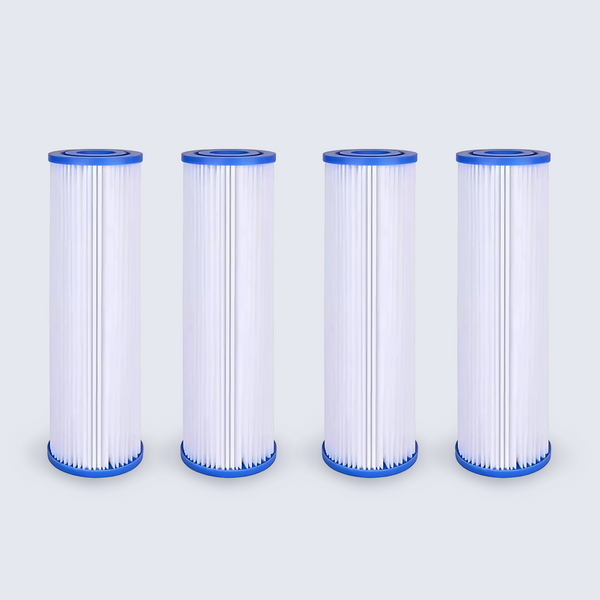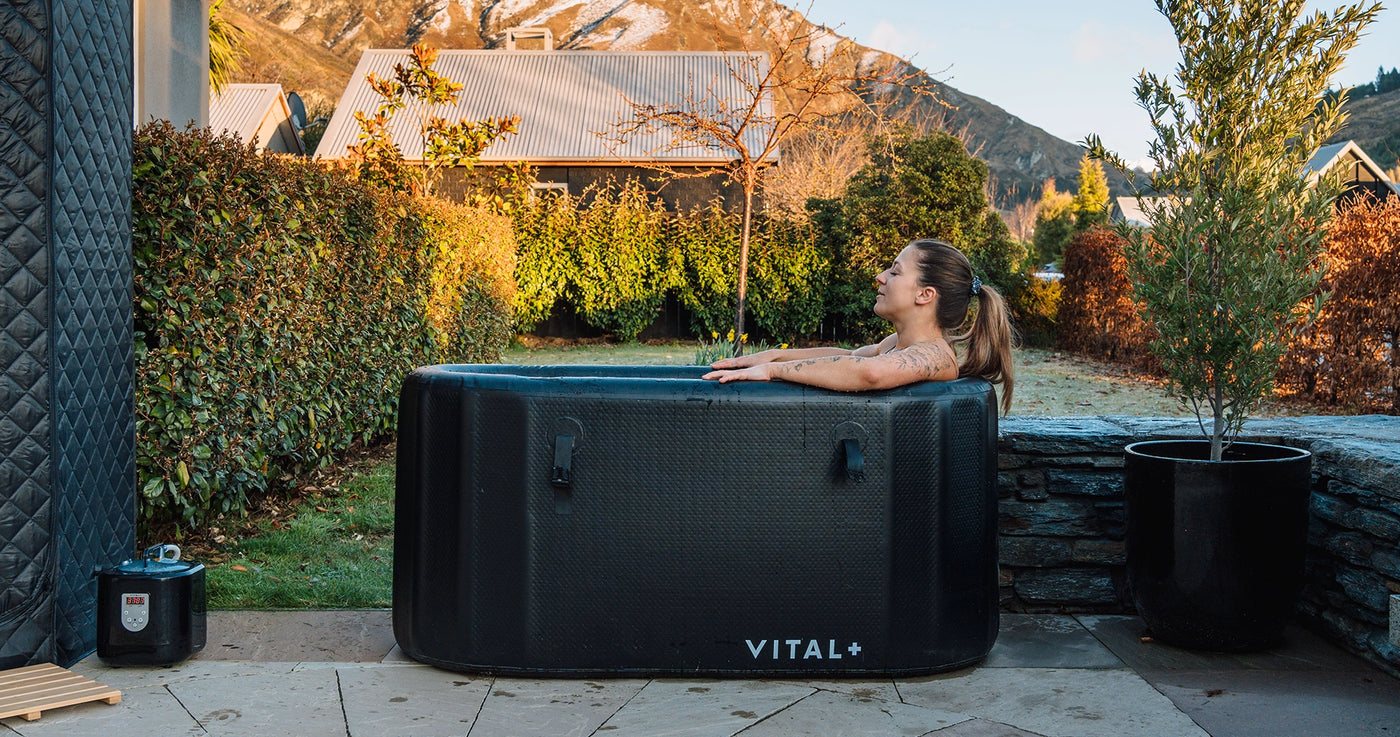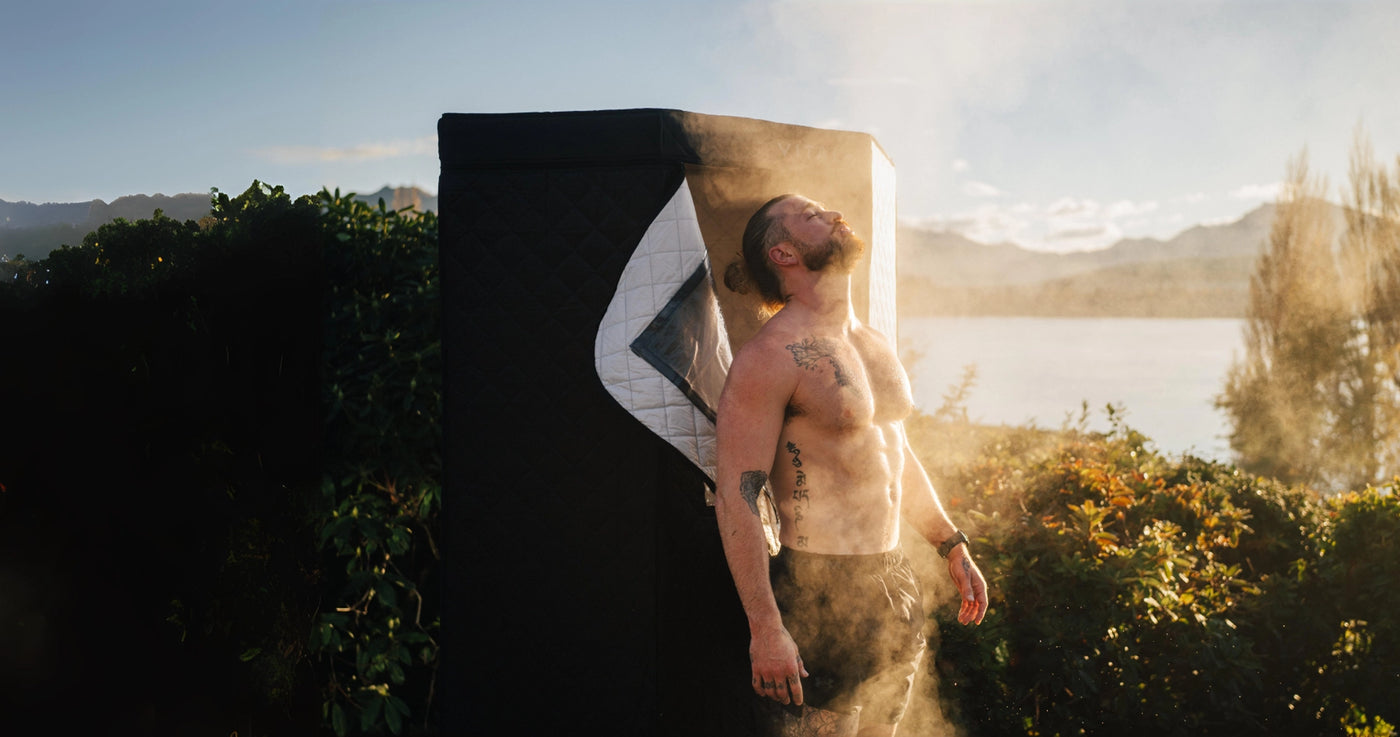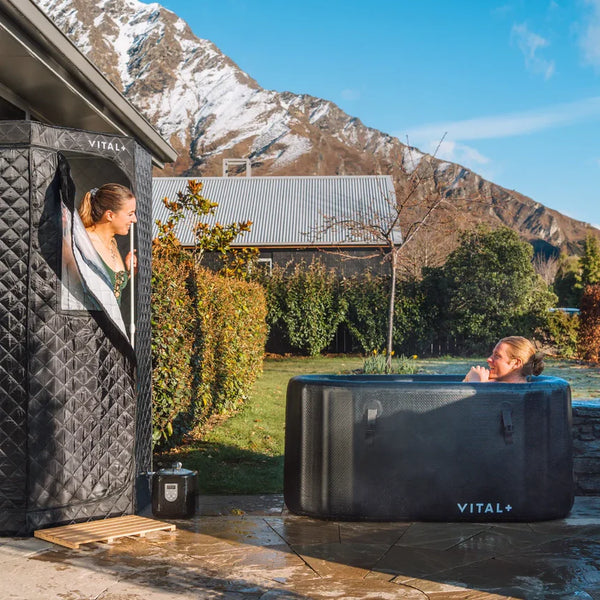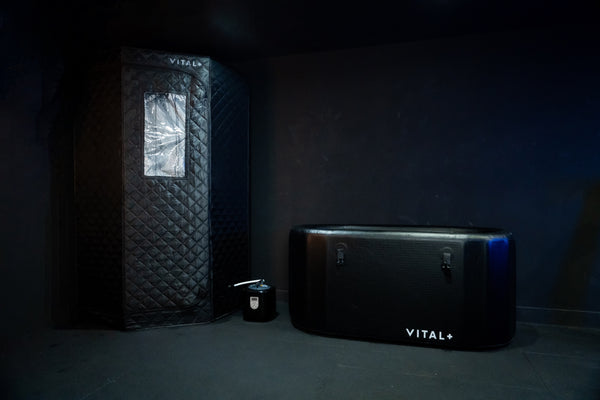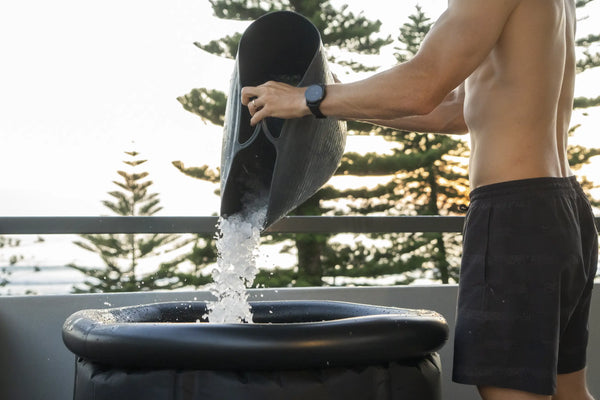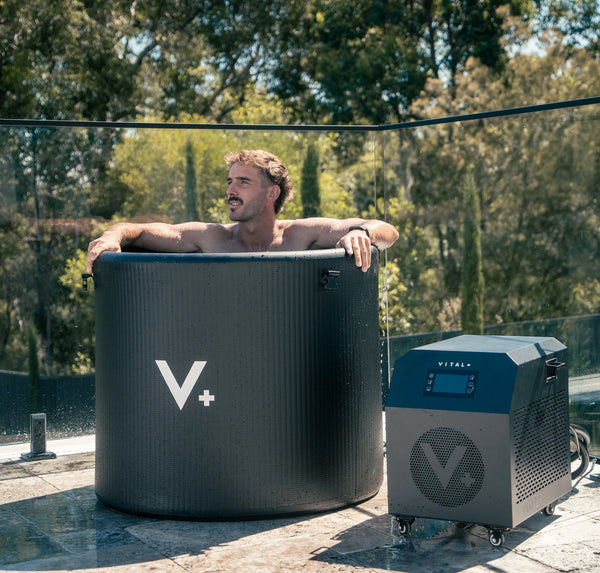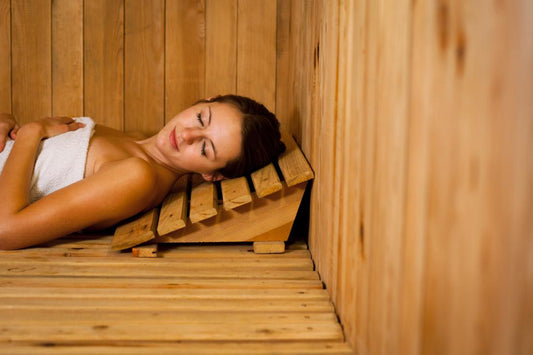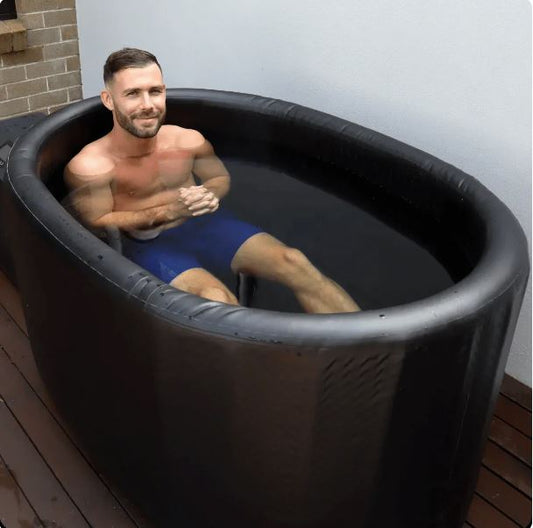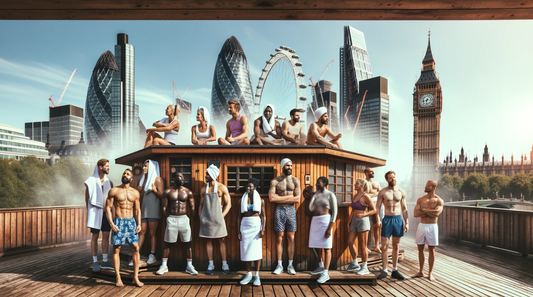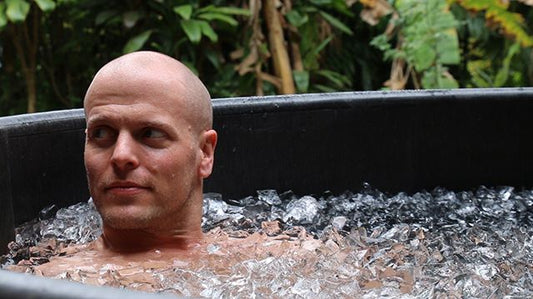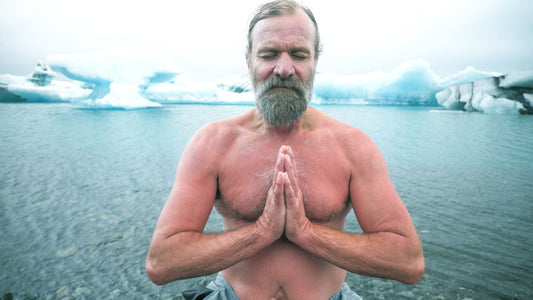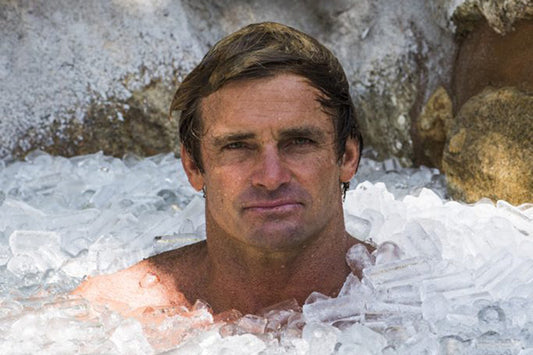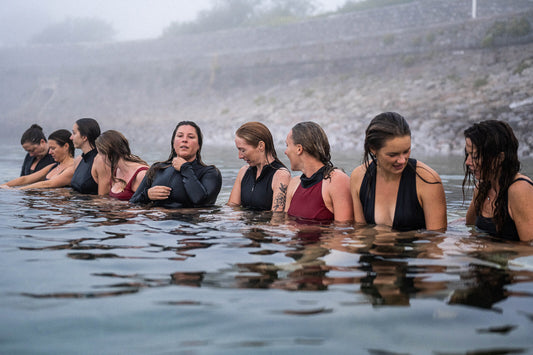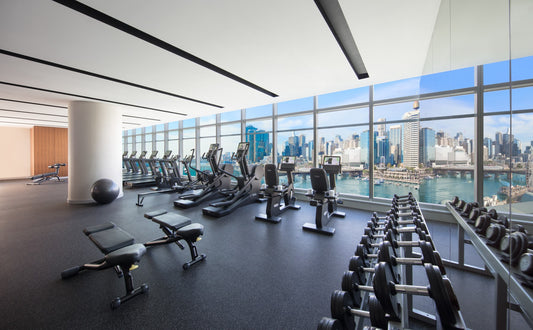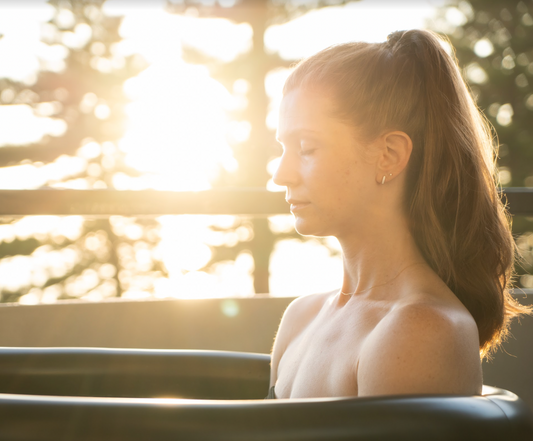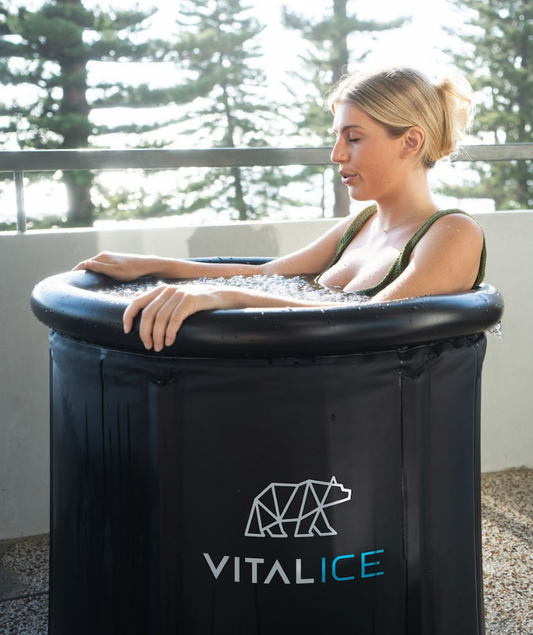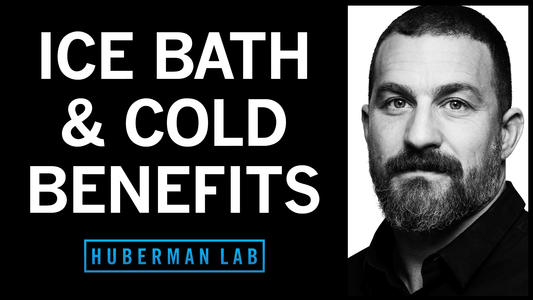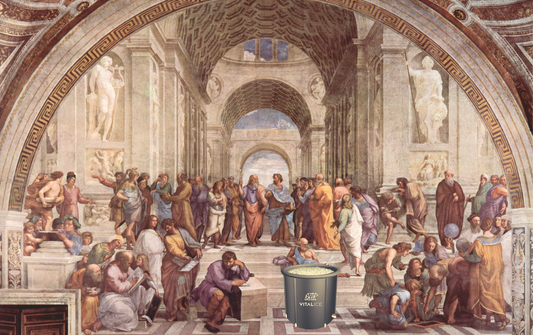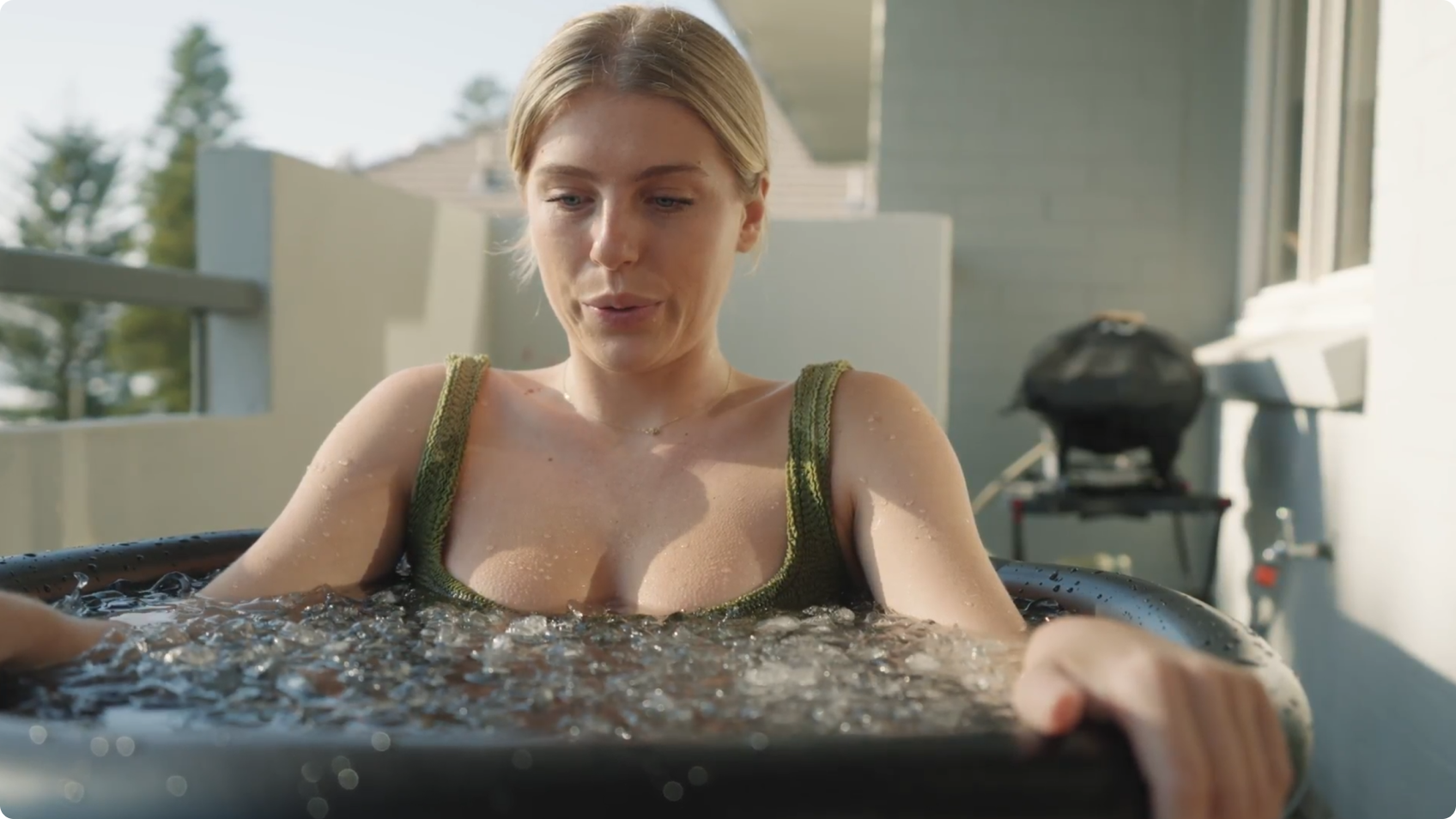The temperature of tap water in Australia varies depending on several factors, including location, time of year, and the source of the water. In this blog, we will explore the temperature of tap water in some major cities in Australia and what that means for people using portable ice baths at home.
| Month | Sydney | Melbourne | Perth | Brisbane |
|---|---|---|---|---|
| January | 23°C | 19°C | 22°C | 26°C |
| February | 24°C | 19°C | 22°C | 27°C |
| March | 23°C | 18°C | 22°C | 26°C |
| April | 22°C | 16°C | 21°C | 25°C |
| May | 20°C | 14°C | 19°C | 23°C |
| June | 18°C | 12°C | 17°C | 21°C |
| July | 17°C | 11°C | 16°C | 20°C |
| August | 17°C | 11°C | 16°C | 20°C |
| September | 18°C | 12°C | 17°C | 21°C |
| October | 19°C | 14°C | 18°C | 23°C |
| November | 21°C | 16°C | 20°C | 24°C |
| December | 22°C | 18°C | 21°C | 25°C |
According to the table provided above, the average temperature of tap water in Sydney ranges from 15.9°C in July to 22.5°C in February. In Melbourne, the average temperature of tap water ranges from 12.5°C in July to 19.5°C in February. In Perth, the average temperature of tap water ranges from 16.3°C in July to 23.1°C in February. In Brisbane, the average temperature of tap water ranges from 21.2°C in July to 26.4°C in February.
It is important to note that these are only average temperatures and that the actual temperature of tap water can vary considerably depending on the time of day and other factors such as the distance the water has to travel from the source to the tap.
For people using portable ice baths at home, the ideal temperature for an ice bath is 15 degrees Celsius or less. This is because temperatures lower than this have been shown to provide more significant benefits in terms of reducing inflammation, improving recovery time, and boosting overall health.
If the tap water in your area is already at or below 15 degrees Celsius, then it can be used to fill up your portable ice bath without the need for additional ice. However, if the tap water temperature is above 15 degrees Celsius, then you will need to add ice to the bath to bring the temperature down to the desired level.
The amount of ice required to achieve the desired temperature will depend on the size of the ice bath, the starting temperature of the tap water, and the desired final temperature. As a general rule, it is recommended to use at least one pound of ice (0.4kg) per gallon (3.7L) of water to achieve a temperature of around 15 degrees Celsius.
Science Corner - exactly how much ice will I need?
To determine the amount of ice required to lower the temperature of water by 1 degree Celsius, we need to use the specific heat capacity of water, which is 4.184 Joules per gram per degree Celsius.
Assuming we have one kilogram of water (1000 grams) at an initial temperature of 20°C and we want to lower its temperature to 19°C, we can calculate the amount of energy that needs to be removed from the water using the formula:
Q = m * c * ΔT
where Q is the amount of energy required, m is the mass of the water, c is the specific heat capacity of water, and ΔT is the temperature change.
Plugging in the values, we get:
Q = 1000 g * 4.184 J/(g °C) * (20°C - 19°C) = 4184 J
Next, we need to convert the energy required to melt ice at 0°C to the amount of ice required. The heat of fusion of ice is 334 J/g, meaning that it takes 334 J of energy to melt 1 gram of ice.
To find the mass of ice required, we can divide the energy required by the heat of fusion of ice:
m = Q / L
where m is the mass of ice required and L is the heat of fusion of ice.
Plugging in the values, we get:
m = 4184 J / 334 J/g = 12.51 g
Therefore, we need approximately 12.51 grams of ice to lower the temperature of one kilogram of water by 1 degree Celsius. In kilograms, this would be 0.01251 kg of ice.
If you want the exact

